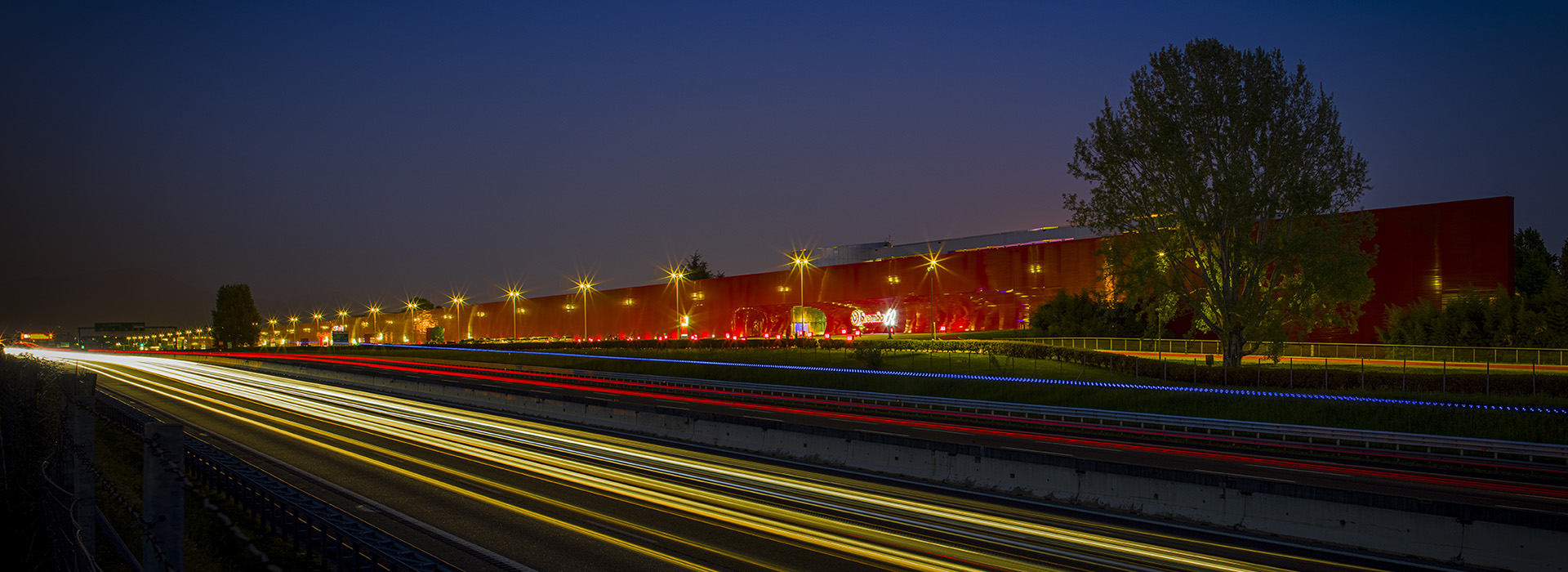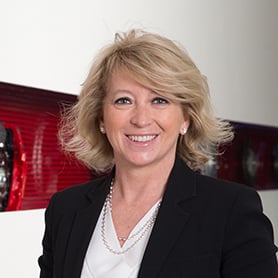Cristina Bombassei: Developing a Modern Sustainable Business
Named as one of Forbes magazine’s ‘100 successful Italian women’ in 2018, Cristina has been pivotal in delivering Brembo’s Corporate Social Responsibility (CSR) ambitions and commitments since 2013. Here, she talks to dss+ on why good governance, innovation and broader stakeholder engagement are essential for developing a modern sustainable business.


Cristina Bombassei
Director and Chief CSR Officer, Brembo
Q.
You were appointed CSR Director of Brembo in 2013; where did your passion for broader social issues and sustainability in business begin?
Several factors pushed me in this direction. First of all, I needed to systemise all the requests from our stakeholders regarding corporate social responsibility. Then, I realised how complex it was to gather and manage information on these cross-functional issues throughout the group without a dedicated structure. A genuine need for CSR was growing, and it was crucial to make it a culture within Brembo. There is also the need for constant global benchmarking on issues relating to the challenges of climate change, the development of human resources, and monitoring sustainability of the supply chain - all European goals to be achieved by 2050. It’s work that requires daily commitment, but it’s a job that truly inspires me and fills me with great satisfaction.
A system of values should be the foundation of any company culture and a benchmark for leadership.
Q.
How can company culture and leadership make a difference when creating sustainable value?
I believe the two topics are strongly connected. A system of values should be the foundation of any company culture and a benchmark for leadership. In Brembo, for example, we have a strong sustainability culture, but this is the result of values and a work ethic that has been present since the company began. The process was, therefore, quite natural. About 20 years ago, we realised that something in our activity was not measurable according to traditional business and economic terms. There was an intangible value, present since the company began in 1961, that we wanted to capture. From that first analysis, we started to annually record and report all we do regarding sustainability in our non-financial declaration. This approach enables us to integrate sustainability across the business and as part of our governance. The result is that each strategy we put in place is strictly connected with environmental, societal and governance (ESG) topics. It’s an approach that plays a vital role in creating sustainable value.
Q.
It’s said that true business sustainability can only be achieved through a shared commitment. How important is engaging with all stakeholders when developing a sustainable business?
It is not important; it’s essential. Part of the commitment towards a more sustainable system is to show as many people as possible how the best practices and efficient strategies can make a real difference. I’ve been involved in several projects to engage all employees, their families and partners across the group on sustainability issues. It’s a sustainability culture that begins with our commitment to the 17 United Nations 2030 Social Development Goals (SDGs). Creating momentum was crucial, so in 2019 we started the ‘We Support SDGs’ campaign to our teams across the world to help deliver sustainable development goals within projects.
We then appointed CSR ambassadors and champions, whose mission is to promote a CSR culture and support and foster sustainable initiatives locally. In 2019 we established our Sustainability Awards to encourage and reward internal sustainability projects. This year, to celebrate the company’s 60th anniversary, we decided to plant a forest of 14,000 trees in Kenya, with a tree dedicated to every Brembo employee in honour of their engagement and collaboration. I believe these kinds of projects help share commitment and collaboration to face sustainability challenges. This approach has been a great contributor to improving and enhancing our sustainability journey on many levels.

Q.
In what capacity do you see technology and innovation creating more sustainable business practices?
I see technology and innovation as imperative in the journey towards greater sustainability as they play a vital role in making products even greener. For example, we recently launched three solutions in this direction: the intelligent braking system, Sensify, the brake disc, Greentive, and the brake spring, Enesys. Our commitment is to make all of our future products greener than the ones before. As for processes, it’s important to improve energy efficiency and increase renewable energy sources. In 2020 we increased the use of renewable energy sources up to 43%, and in some of our production plants, we achieved 100% renewable energy. As a result, from 2015 to 2020, we reduced our emissions by approximately 45%. I also think it’s essential to promote a circular economy by recycling materials. For example, we use ferrous waste material such as sheet metal and train rails in disuse. We then melt them and make discs for our products.
Our commitment is to make all of our future products greener than the ones before.
Q.
As a leader in CSR and sustainability, what are your top three drivers for creating a sustainable business?
First of all, governance needs to be structured so sustainability is at its core. This will help direct an organisation to make business decisions that consider environmental and social impacts more naturally. Another significant factor is team engagement. Having everyone onboard - internal staff, external suppliers and collaborators - is crucial to achieving important shared goals. Finally, I see the third driver as persistence in achieving concrete actions. Business plans must be thoroughly assessed and, if proved to be efficient, improved in the long term to realise goals and ambitions.
Q.
COP26 is a critical milestone in tackling climate change. What would you say are the current challenges on moving to a low carbon and more sustainable future for the automotive industry?
The automotive sector faces unprecedented technological disruption. Electrification, digitalisation and the attention to sustainability are changing the whole mobility industry. The challenge is the capacity to foresee these changes, working in partnership with customers to develop more digital and sustainable solutions. There is also a generational challenge, as we have to realise that young consumers now view the automotive sector quite differently. Therefore, we have to empathise with them and their needs; we have to engage with them, accepting and approving their contributions. Ultimately, we need to know how to change and advance while continuing to achieve best performance, safety excellence, and quality design that contributes to the finest driving experience.